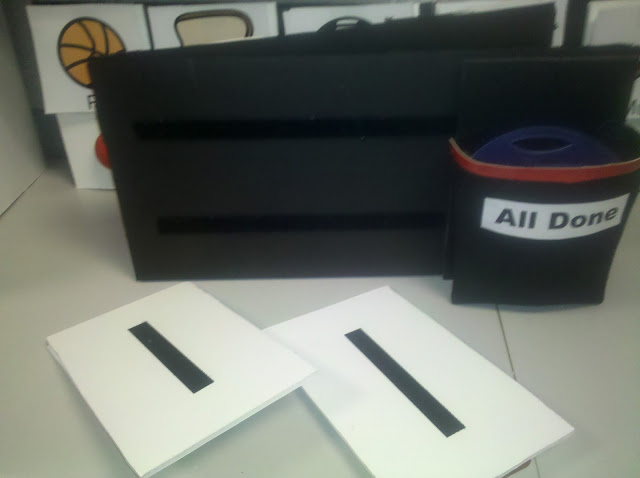This post is the first of a few that I am going to blog on college life. Next week I am running my annual College Day. I recently sat down with my mobility superhero colleagues and we created some new handouts for the transition to college life. This first post is from my newest handout, College Living Strategy Plan.
photo from wikipidia
A little background: Our transition age students need to have good generalization with their skills. Too often, they learn just their high schools, cafeteria lines, familiar restaurants, etc. but lack how to take their skills and generalize them to similar situations, conversations and places. Some other common issues is that they won't use their canes (if they are visual travelers...) and struggle with independent living skills when they leave to college life. Now not every student struggles with this but a majority of them do in one way or another. So here's what I decided to do: take my students to an actual college campus and get down to intensive lessons for both parents and students. I teamed up with mobility to give our students and parents a checklist of skills for college life.
photo from flickr
How to understand this: I decided that if we just lectured the students it would just blow right pass them. I wanted to give my students something that they could use easily. That's where my three category plan come into play: mobility plan, independent living skills plan and vision plan.
This isn't rocket science. The category names are exactly as they sound. The vision plan is for how they can modify their vision impairment to a situation. I feel that if students can take these three plans when going into a new situation or place, they have a good first foot forward.
Here's part one...
College Living
Strategy Plan
by Robbin Keating, Vision Rehabilitation Therapist
and Dave Ferland, COMS
(with consult from the BESB mobility instructors)
The place: Student
Center
Mobility Plan:
§
What entrance would you use?
§
Where is the information desk?
§
Accessible ATM? News & Campus events?
Bookstore
§
Where are the bathrooms?
§
What are important landmarks?
o Designate
a meeting landmark
o What
kind of landmarks do you like? Big logos, above ground items, etc.
§
Seating situation/study rooms/chill spots
§
Designate a home base in every building
Independent living skills plan:
§ Can the student use the following independently: Food card, Student ID, money organization, cell
phone, using an ATM
§
Low vision devices skills
Vision plan:
§
Lighting situation
§
Systematic search patterns to locate important
people, places
§
Find your vantage point for finding seats,
people, places, information
Do it at home: Start thinking about your child's chore list. I hope your child has chores because if they don't, plan on heading off to the dorms so you can clean up after them! :)
